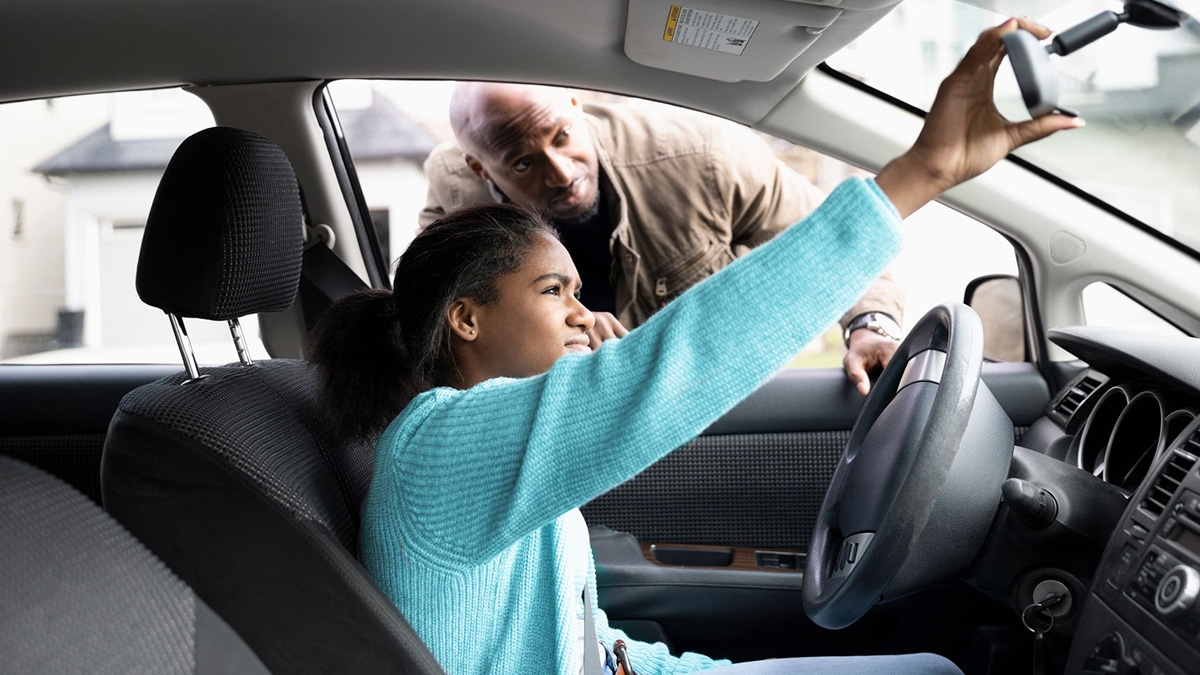New drivers: everything you need to know before you hit the road
Your driver’s licence is a ticket to freedom, but it comes with serious responsibility. Here’s what you should know about driving and insurance.

Whether you plan to travel the world or simply want to get to work on time, driving can make your life a whole lot easier. The open road may be calling, but you don’t want to jump in the driver’s seat unless you’re properly insured. Don’t worry, we’re here to steer you in the right direction.
Getting behind the wheel
So you’ve got your learner’s permit and you know the rules: you can only drive if an experienced driver is in the car with you. There are also strict rules regarding alcohol, and there may be limits to when and where you can drive.
Guess what? It’s time to inform the insurance company. Yes, the owner of the car insurance policy should tell their broker that you’ll be driving the car, even though you only have a learner’s permit. The broker can let them know what to expect when you start driving solo.
Did you know?
In some provinces, completing a government-approved driving training program can help you save money on insurance down the road, and it may even help you get your full licence faster. In fact, in Quebec it’s mandatory. Visit the website of your province’s Ministry of Transportation to see a list of licensed driving education programs, like this one from Ontario or this one from Alberta.
Putting in the practice
Cue the confetti! You’ve got your licence and you’re finally allowed to drive alone. It’s definitely an achievement worth celebrating—but don’t forget you’ve got some responsibilities and restrictions.
In most provinces, you’ll be on probation for two years before you earn a full driver’s licence. During that time, there will be a limit to how many passengers you can drive around, and you won’t yet be allowed to act as the accompanying driver for anyone with a learner’s permit. Review the rules in your province or territory before turning on the ignition.
Now let’s shift gears and talk insurance. If you’ll be driving someone else’s car, they should give their broker a call and add you to their policy. If you’ll be driving the car more than anyone else, you may be designated as the primary driver, which can have an impact on the insurance premium.
Insuring your own car
Thinking about buying your own car? Start thinking about buying your own insurance policy. You simply can’t have one without the other. Depending on your budget and the condition of your vehicle, there are several levels of protection you can choose from. There are two major kinds of insurance:
- Third-party liability insurance is mandatory and covers the cost of damage you might cause to others on the road. In Canada, if you don’t have liability insurance, you could be fined and even lose your driver’s licence. In the province of Quebec, all residents are automatically insured by the Société de l’assurance automobile du Québec (SAAQ) for physical injuries sustained on the road.
- The other type of insurance is optional physical damage insurance, which includes collision insurance and comprehensive insurance.
- Collision insurance covers the cost of repairing damage to your car incurred in an accident.
- Comprehensive insurance covers the cost of repairing or replacing your vehicle for any other reason, such as theft, fire, flood or vandalism.
How much will your insurance cost, exactly? It’s a myth that the colour of your car will impact your premium, but many other factors will. The broker will want to know about you, how your vehicle is used, what kind of vehicle you have and how much protection you want to purchase.
In British Columbia, Manitoba and Saskatchewan, you can buy certain types of coverage from your provincial government. In the other provinces and territories, car insurance is purchased exclusively from a private insurer.
Want to save on your car insurance? Consider the following options to curtail costs:
- Bundle your car insurance with your home or tenant insurance, or bundle your car insurance with your parents’ policy if you still live at home.
- Choose a higher deductible. You may have to pay a higher amount out of pocket if you ever need to make a claim, but you’ll pay a lower premium.
- Enroll in my Drive, a program that rewards good driving. You can save up to 25% on your car insurance by driving safely—that means avoiding distracted driving, rapid acceleration, hard braking, speeding and driving at risky hours.
- Bottom line: safe driving could save you money down the road. Keep your insurance payments low by practising these six good habits for safer driving.
Questions about your car insurance? Contact your broker to review the details of your policy—it’s a good idea to understand what your insurance covers before you need to file a claim. That’s all you need to know about car insurance. Now you can drive off into the sunset.
